Building Management System (BMS) is an intelligent controller-based system that controls, monitors, operates & manages the HVAC and other building services.
It is also termed as Building Automation System (BAS) or Building Management & Control System (BMCS). It provides safety & comfortable environment in the building along with energy-saving & efficiency.
Building Management System
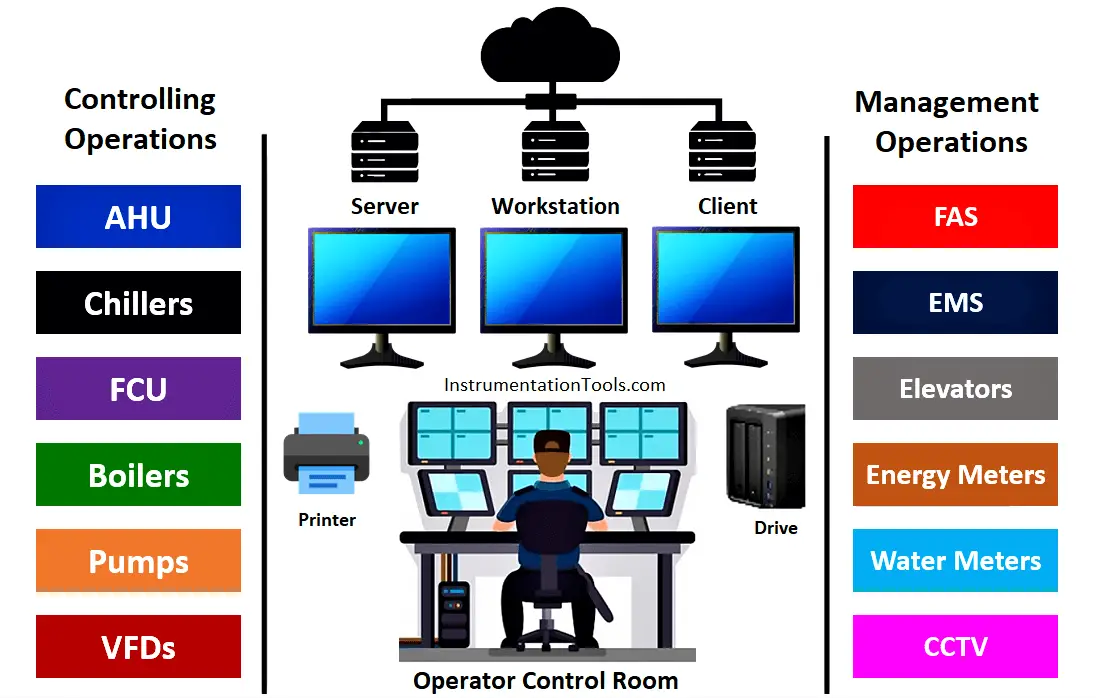
The BMS architecture mainly consists of three sections
- Operator Control Room
- Controlling Operations Unit
- Management Operation Unit
Operator Control Room
It is known as the heart of building management system. It mainly consists of Control System Software which monitors and controls the operations of BMS.
Workstations
It is used to design & develop the control system.
Servers
These are used to monitor & control the control system.
Clients
These are used to monitor the control system.
The total quantity of workstations, servers & clients at a particular site totally depends on the size of BMS.
The operator seats into the control room and maintains the program of BMS. There are auxiliary systems provided for data storage (Drive), data printing (printer). As per Industrial Revolution V4.0, the data is kept on the cloud for safety purposes.
Control Operation Units
Automation or Instrumentation Engineer has to play a key role in building management systems because they design, develop, and commission the below-listed units at the site.
These units maintain the environmental conditions in the building.
Air Handling Unit (AHU)
The air handling unit is located in a building in the basement or at the rooftop for maintaining the quality of air. It mainly consists of ducts for the return or supply of air.
Chillers
The chiller unit is used to extract the heat from a liquid medium. It mainly works on the principle of the refrigeration cycle.
There are mainly two types of chillers Air Cooled Chillers & Water Cooled Chillers.
Fan Coil Unit (FCU)
The fan coil unit is a subset of the air handling unit. It mainly consists of a fan, coil, and a small controller. It is normally used in dedicated rooms or areas of the building.
Boilers
The boilers are used for steam generation. The steam is then used for multipurpose-like temperature control in BMS.
There are various types of boilers like Fire Tube Boiler and Water Tube Boiler etc.
Pumps
The submersible pumps are normally used in the basement of the building to pump the water at the top for various purposes.
Drives
The ducting units in BMS consist of huge air blowers. The blower drive (VFD) generates a tremendous amount of air for the air conditioning system.
Management Operations Units
These are the operations mainly requested to BMS supplier in addition to the above control operation units. It includes
Fire Alarm System (FAS)
The fire alarm system mainly consists of fire or gas detecting devices. It is basically a safety system to warn people of any abnormal conditions in the building.
The devices mainly detect fire, Smoke, Carbon Monoxide, and other hazardous gases in building premises.
Energy Management System (EMS)
The energy management system is mainly used to improve the overall efficiency & cost
Saving by analyzing the trends for energy usage & transmission.
Elevators, Escalators
The large shopping malls, buildings are provided with elevators and escalators. These are the stairs monitored and controlled by BMS for effective usage.
Energy Meters
The energy meters are provided to improve energy accountability, cost saving and easy monitoring of energy level.
Water Meters
Nowadays, under 24*7 water facilities, water meters are provided to improve water accountability per family.
The user is charged on monthly basis depending on meter reading.
CCTV
This is one of the safety systems provided under BMS for Intruder Detection & Alarm generation.
The cameras record the data for up to several months and stores it on digital hard disks. The data is then utilized for security investigations.
Water Management
The wastewater generated inside the building is recycled using a water management system to reutilize for various purposes like gardening, washrooms, etc.
BMS Hierarchical Architecture
As per the level of monitoring and control, there are three levels in Building Management System.
- Management Level (ML) – It includes operator-friendly control system software.
- Automation Level (AL) – It includes a microcontroller and logic program.
- Field Level (FL) – It includes sensors, actuators, dampers, etc.
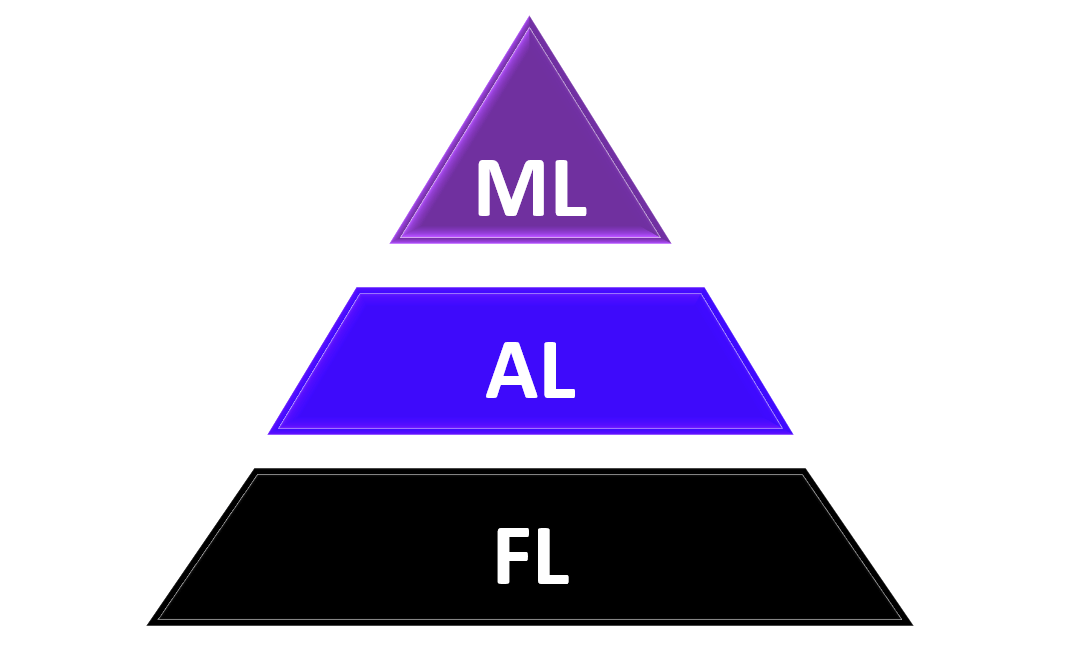
Roles & Responsibilities
The instrumentation engineer has below listed roles in Building Management System
- System Integrator – Designs & Develops the Building Management Control System.
- Technician – Assembles the BMS Hardware at Site.
- Commissioning Engineer – Commissions the Control System into Actual Hardware at Site.
- Service Engineer – Trains the Site Operator & provides maintenance & service.
Conclusion
From above two architectures we observed that instrumentation engineers have immense scope in the field of Building Management Systems.
With the increase in demand for smart city projects using Industry 4.0 technologies, the future of the Building Management System is easily forecastable.
Author: NMG
If you liked this article, then please subscribe to our YouTube Channel for Instrumentation, Electrical, PLC, and SCADA video tutorials.
You can also follow us on Facebook and Twitter to receive daily updates.
Read Next:

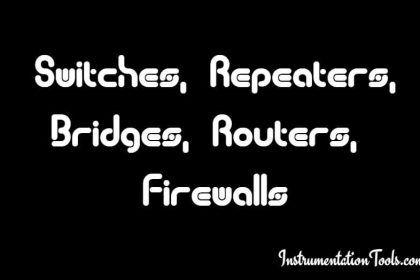
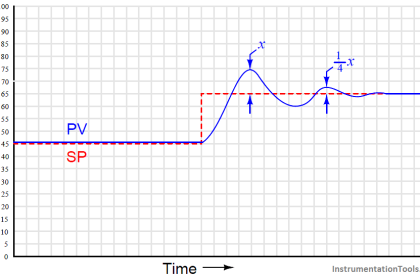


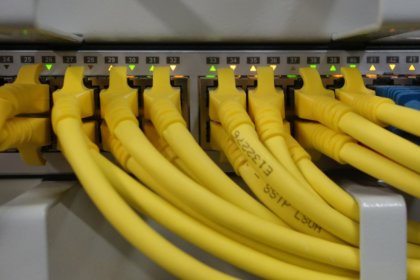
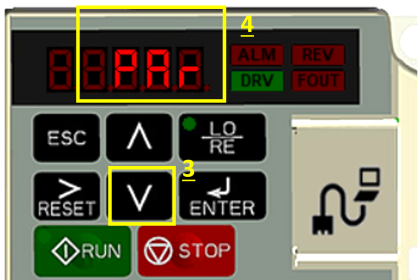

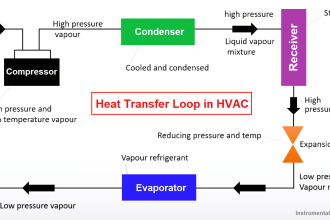
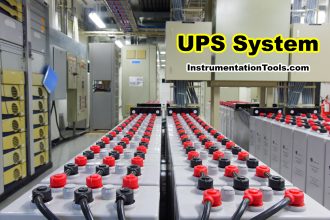
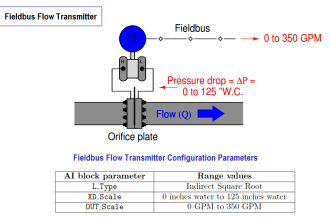
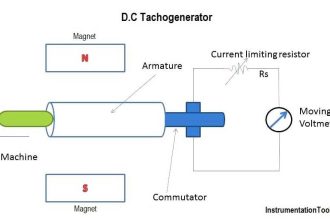
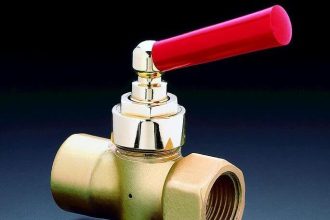
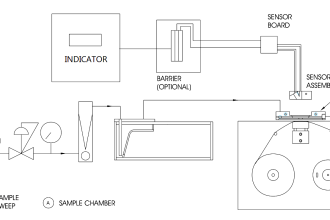
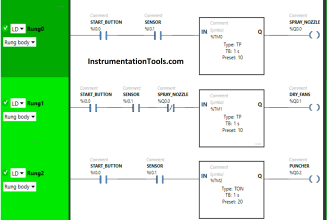


I would like study Building Management System, where I find this course ?
I have 6 years experience in same field but right now i want to change my job so any vacancy let me know
May I know what is the reason if you don’t mind, cause I’m thinking to inter the field of the BMS.